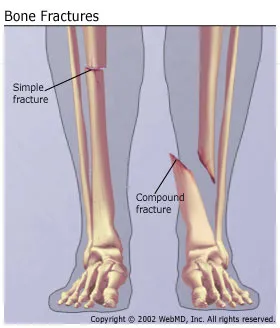Bladder and bowel problems in spina bifida
1. A person with spina bifida is usually born with an undamaged urinary system. Over time, paralysis leads to neurogenic bladder. It is caused by damage to the nerves in the sacral area:
- The bladder
- The urinary sphincter
- The muscular flap attached to the ureter.
2. Can be either flaccid or spastic:
- Flaccid - limp and cannot contract completely to force urine out. When the flaccid bladder becomes full, excess urine spills over and flows out of the body through the urethra. Urine dribbles out continually and when excess pressure is put on the bladder (laughing or crying), this dribbling becomes more severe. However, the bladder never empties completely and some (residual) urine always remains.
- Spastic - Does not store urine at all. The muscles that line this type of bladder are extremely sensitive and irritable. They contract and expel urine immediately after it enters the bladder.
3. Damage to the sphincter muscle can be either too tight or too loose. When the sphincter muscle is tight, urine becomes trapped in the bladder and is often forced back up the ureters to the kidney. If the sphincter muscle is too loose, however, urine continually leaks out of the body.
4. This backward flow of urine can be very damaging to the urinary system and especially the kidneys. Normally, a muscular flap on the ureters closes and once the urine flows out of the kidneys, it cannot flow back. However, the muscles that control this flap are often damaged and instead of following the path from the kidneys to the bladder and outside of the body, the urine flows back up the ureters to the kidney.
5. Urine infection - A person with spina bifida who has paralysis in the lower extremities should monitor the appearance of their urine carefully since they may not be able to feel the first warning signs — pain while urinating, for example — of a urinary tract infection.
Lack of sensation
For lower lesions, it is not so straightforward. Children who are able to walk fairly well seem only to lack some movement in the feet, but loss of sensation will usually be in some areas of the feet, right up the leg, and also the buttocks.
1. Possible problems
a. Burns
- Sunburn on legs and feet (especially if shoes and socks are usually worn).
- Wheelchair left in hot sun. The child transferring back into a hot wheelchair may burn buttocks, legs and feet.
- Hot drinks/chips held on lap.
- Hot car/bus seat.
b. Scrapes (Child crawling on rough ground (especially pool surrounds) may scrape knees, ankles and toes)
c. Pressure - Pressure areas are red areas of skin caused by prolonged pressure on one area. Any red area that disappears within 30 minutes is no problem, but one which persists from day to day needs attention. Pressure areas can develop into very nasty sores if they are not treated early and effectively. They can in some cases take months or years to heal.
Gait
General gait features include overall limb hypotonicity, flexed posturing of the lower limbs, decreased velocity in an attempt to conserve energy and significant foot deformities.



















